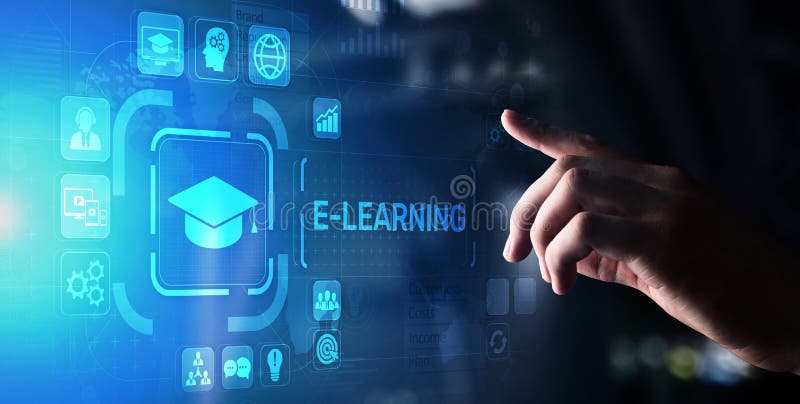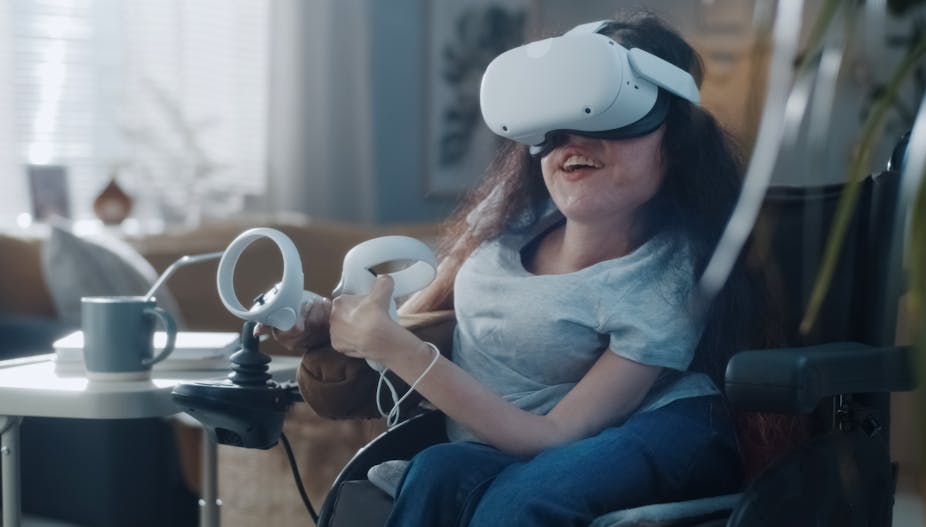Online education is becoming increasingly popular and accessible, but learners with disabilities might not have equal access to educational resources online. Accessibility is not just about including captions and transcripts for deaf or hard-of-hearing students, but it also involves designing content that is accessible to people with cognitive, visual, and physical impairments.
While many online education platforms have made efforts to make their content more accessible, many are still lagging behind. According to recent research, learners with visual impairments encounter the most significant barriers to online learning. Many online courses rely heavily on visual content, such as videos and graphs, that cannot be easily translated into alternative formats, such as Braille or audio descriptions.
Moreover, people with hearing impairments face challenges when videos do not include closed captions or transcripts. These are significant barriers that academic institutions and online platforms must overcome to provide an inclusive learning environment.
Scholarships for students with disabilities, offered by institutions and external organizations, are one way to support inclusive education efforts. Academic support services such as Myassignmenthelp.com can also provide valuable assistance to students with disabilities in achieving their educational goals.
Accessible online education is not just a matter of providing standard assistive technologies such as screen readers and captioning software. Instead, to create inclusive learning environments, institutions must learn about the specific needs of different target audiences and design content that addresses those needs.

Designing for learners with disabilities involve inclusive design principles. These principles focus on creating designs that are accessible to the broadest possible audience, including people with and without disabilities. This principle involves designing for the needs of a diverse group of users from the start.
To design accessible education content, institutions must follow specific guidelines that ensure content accessibility, such as WCAG 2.0 or 2.1. These guidelines provide detailed information on how to design and create content that is accessible, including the structure of the document, images and alt texts, colors, and contrast.
Another factor to consider in online education accessibility is technology. Institutions should proactively ensure that they use technology and tools that are compatible with assistive technologies. This includes the Learning Management System (LMS) used to create online courses, web content management systems, and video conferencing tools, among others.

Accessibility is crucial in designing online education content that is inclusive of people with disabilities. Designing for accessibility from the start, following guidelines, and focusing on the needs of a diverse group of users, can help make online education more inclusive. With accessible education content, institutions can pave the way to a more inclusive and equitable future for all learners.




